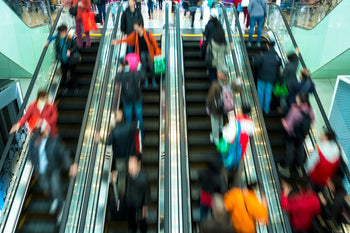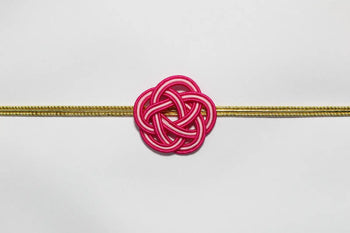

Summer Festivals
What is Natsumatsuri?
Japanese summer festivals, known as Natsumatsuri, are one of the main events during the summer months. They are typically held between July and September, though the exact timing can vary by region. These festivals have deep cultural and historical roots, often serving to pray for protection from natural disasters, such as wind and insect infestations, and to eradicate epidemics.

Summer (Natsu, 夏):
The kanji "夏" (Natsu) represents "summer," a season characterized by high temperatures and long sunny days. Summer in Japan is a time for enjoying outdoor activities such as visiting the beach, swimming, barbecuing, and watching fireworks displays. However, it's also a season that requires caution due to the risk of heatstroke and the possibility of typhoons. The summer holidays provide a perfect opportunity for travel and leisure, with many people taking vacations to explore new places and relax.
Festival (Matsuri, 祭り):
Floats
Gion Festival (Gion Matsuri, 祇園祭)
The Gion Festival is a famous traditional festival held annually in Kyoto, one of Japan's most culturally rich cities. Taking place throughout the month of July, the Gion Festival brings the entire city to life. This festival is organized by Yasaka Shrine, located in the Gion district of Kyoto, hence the name Gion Matsuri.
The festival is renowned for its Yamaboko Junko, the procession of beautifully decorated floats, or "yamaboko." These floats, adorned with intricate decorations and accompanied by traditional music, parade through the streets of Kyoto twice a month, in mid- and late-July. The festival’s history and cultural significance led to its inclusion on UNESCO's Intangible Cultural Heritage List in 2009.

Yasaka Shrine:
Yasaka Shrine, the organizing body of the Gion Festival, is an ancient shrine located in Kyoto’s Higashiyama district. The shrine enshrines Susanoo-no-Mikoto, a deity believed to protect against misfortune and epidemics. The shrine grounds feature many historical buildings and beautiful gardens, attracting numerous visitors throughout the year. The main gate, known as Nanro-mon (South Tower Gate), is particularly impressive.
During the Gion Festival, various events take place at Yasaka Shrine, including the Mikoshi processions. Mikoshi are portable shrines carried by participants during festivals. At the Gion Festival, these mikoshi, which can weigh up to 600 kg and require around 250 people to carry, are paraded through the city, creating a spectacle that draws many worshippers and tourists. These events, particularly the procession of the mikoshi, mark the climax of the Gion Festival.

History of Yasaka Shrine and the Gion Festival:
The Gion Festival traces its origins back to the Heian period (794-1185), specifically to an epidemic in 869. To quell the disaster, the Imperial Court held a Goryoe, a ceremony to pray to the gods enshrined at Yasaka Shrine. This ceremony is considered the beginning of the Gion Festival. Over time, the festival evolved into a large-scale event supported by Kyoto’s citizens, particularly merchants who built and paraded their own floats, laying the foundations for the festival’s current form.
Despite interruptions during the modern era, such as the temporary suspension during World War II, the Gion Festival has continued to evolve and remains a significant cultural event in Kyoto. Today, it is celebrated with great enthusiasm, showcasing the rich history and traditions of the region.
For more information, you can visit the Yasaka Shrine Gion Festival Homepage .

Food Stalls (Yatai, 屋台)
What is Yatai?
Yatai, or street food stalls, are a staple of Japanese summer festivals. These simple, temporary shops offer a variety of food and goods, adding to the festive atmosphere. Yatai are known for their wide array of delicious treats, making them a popular attraction for festival-goers.

Apple Candy
Apple candy is a classic festival treat made by coating apples in sugar and allowing the coating to harden. The result is a sweet and sour delight, with the sweetness of the sugar complementing the tartness of the apple. This treat is especially popular with children and has recently gained popularity among adults, thanks to specialized shops in Tokyo.

Shaved Ice
Shaved ice, or "kakigori," is a refreshing summer dessert made by shaving ice and topping it with flavored syrups. Festival stalls offer a variety of syrup flavors, creating colorful and tasty treats. Despite the different colors, many of the syrups taste the same, with the variations being more about visual appeal and aroma. Shaved ice is a quintessential summer treat, providing a cool respite from the heat.

Chocolate Banana
Chocolate bananas are a favorite festival sweet, featuring bananas coated in chocolate and often decorated with colorful sprinkles and nuts. This treat combines the contrasting textures of hard chocolate and soft banana, creating a delightful eating experience. Chocolate bananas are not only delicious but also visually appealing, making them a hit at summer festivals.




